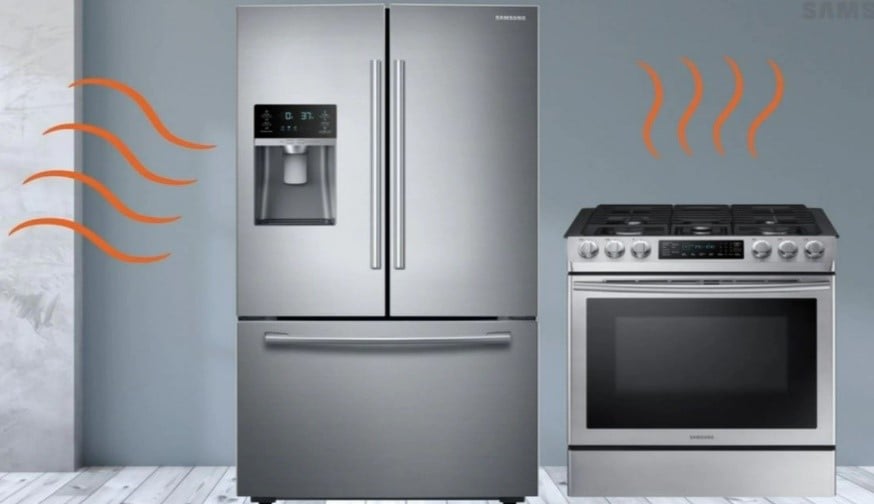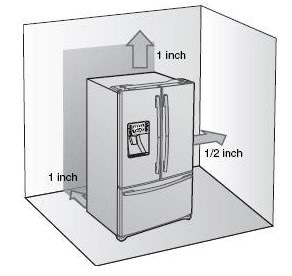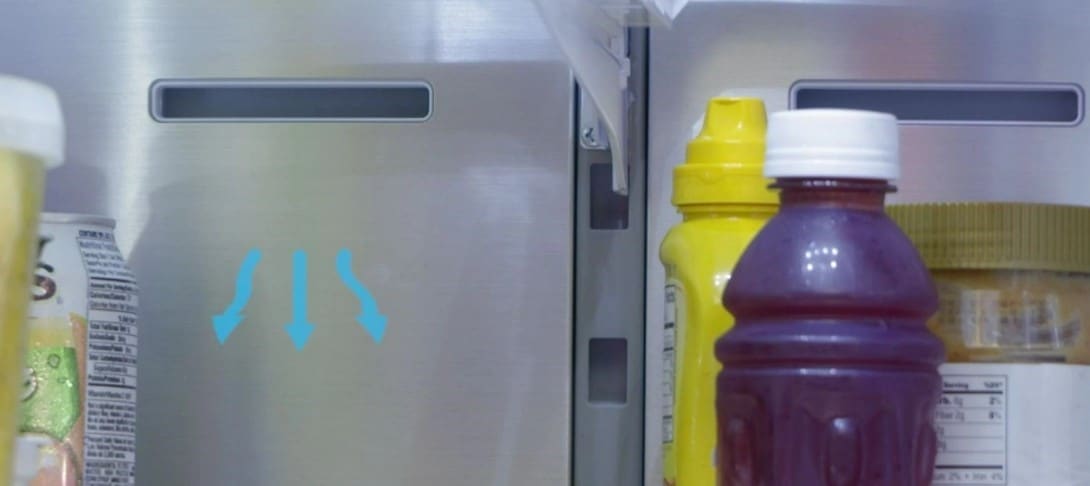How to fix typical problems with failing to reach the required temperature
Your Samsung refrigerator is not chilling for several reasons. Some issues you can resolve on your own, while others would need a technician to assess and repair.
The most frequent causes of your Samsung refrigerator's lack of chilling that don't call for professional assistance are provided in this list.
1. The appliance is not probably plugged in: Remove the plug from the socket and re-insert it if it is not plugged in properly. If the plug is properly inserted, remove the plug and try plugging another item into the same socket. If the newly plugged-in item does not work, try resetting the circuit breaker for that outlet.
2. Door is closed correctly: Check to make sure the door seals are not torn, weathered, or dirty. Dirty seals can cause gaps large enough to let in warm air, which affects cooling. If you notice dirty seals or frost building up around the gasket, clean them immediately and allow your refrigerator up to 24 hours to regain proper temperature. If the seals are damaged, service will be required.

3. Avoid hot sources of light or sun: Relocate your refrigerator if you can if it is near a heat source or is exposed to direct sunlight.


5. Enough distance to the wall: Move the refrigerator so that the back of the appliance is further from the wall. The minimum clearance required between the back of the refrigerator and the wall is one inch.

6. Food is packed too tight: Your refrigerator needs airflow! If you have too much food stuffed in the refrigerator or freezer, you may be blocking an air vent, which will cause your refrigerator to not cool as well as it should. Check that your air vents aren’t obstructed by food.

7. Check if it is in demo mode: If the Refrigerator is plugged in and powered on but it is still not cold enough, you may have accidentally placed it or left it in Demo Mode.
Is this content helpful?
Thank you for your feedback!
Please answer all questions.
